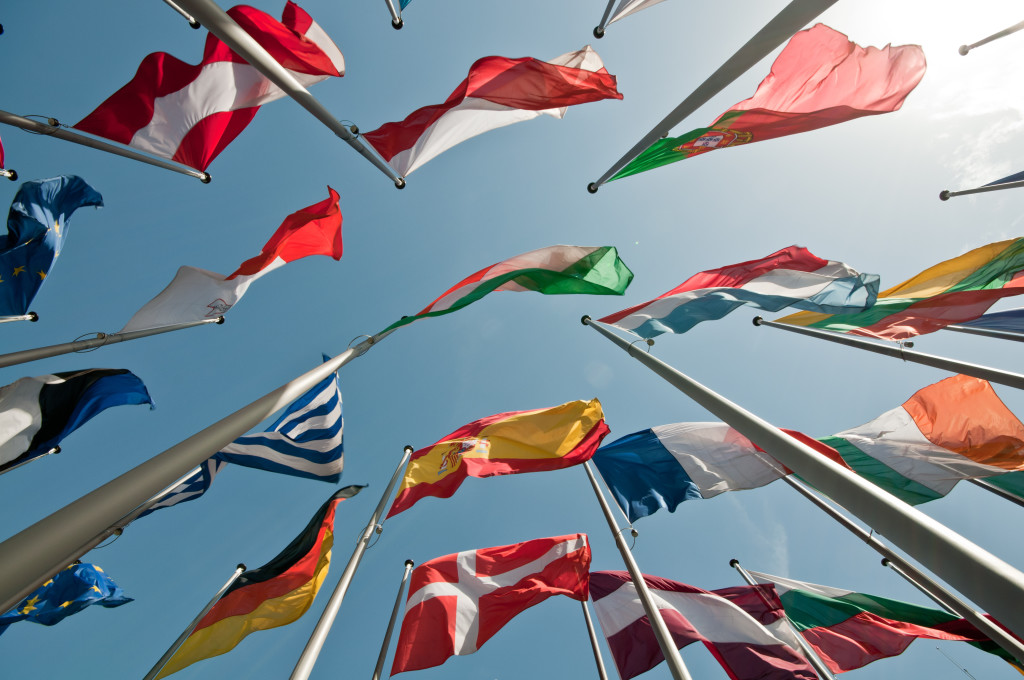Protection of confidential information during legal proceedings : Proposal for a EU Directive on the protection of undisclosed know-how and business information (trade secrets), by Pierre Véron and Thomas Bouvet, Véron & Associés
On 18 December 2015, the European Council made publicly available a new version of a “Proposal for a Directive of the European Parliament and of the Council on the protection of undisclosed know-how and business information (trade secrets) against their unlawful acquisition, use and disclosure”. The proposal may be read here.
This Proposal is of interest to trade secrets specialists but also patent litigators as it provides procedural shields for protecting the confidentiality of trade secrets in the course of legal proceedings, like protective orders, confidentiality clubs and the redaction of judgments before their publication.
Such measures are already available in some EU jurisdictions, but in other jurisdictions it is very difficult, for example, to avoid that the details of a manufacturing process used by the defendant in a patent infringement case be made available to the public through their discussion in the judgment, or to preserve the confidentiality of the claimant patent holder’s cost structure during the proceedings for the determination of patent infringement damages.
Recitals 14 and 14a of the draft Directive explain these issues, which are addressed in Article 8 as follows:
“Article 8
Preservation of confidentiality of trade secrets in the course of legal proceedings
1. Member States shall ensure that the parties, their lawyers or other representatives, court officials, witnesses, experts and any other person participating in the legal proceedings relating to the unlawful acquisition, use or disclosure of a trade secret, or who has access to documents which form part of those legal proceedings, shall not be permitted to use or disclose any trade secret or alleged trade secret, which the competent judicial authorities have, in response to a duly reasoned application by the interested party, identified as confidential and of which they have become aware as a result of such participation or access. Member States may also allow competent judicial authorities to take such measures on their own initiative.
The obligation referred to in the first subparagraph shall remain in force after the legal proceedings have ended. However, such obligation shall cease to exist in any of the following circumstances:
(a) where the alleged trade secret is found not to fulfil the requirements set out in point (1) of Article 2 by a final decision;
(b) where over time, the information in question becomes generally known among or readily accessible to persons within the circles that normally deal with that kind of information.
2. Member States shall also ensure that the competent judicial authorities may, on a duly reasoned application by a party, take specific measures necessary to preserve the confidentiality of any trade secret or alleged trade secret used or referred to in the course of the legal proceedings relating to the unlawful acquisition, use or disclosure of a trade secret. Member States may also allow competent judicial authorities to take such measures on their own initiative.
The measures referred to in the first subparagraph shall at least include the possibility:
(a) to restrict access to any document containing trade secrets or alleged trade secrets submitted by the parties or third parties, in whole or in part, to a limited number of persons;
(b) to restrict access to hearings, when trade secrets or alleged trade secrets may be disclosed, and their corresponding records or transcript to a limited number of persons;
(c) to make available to any person other than those comprised in the limited number of persons referred to in points (a) and (b) a non-confidential version of any judicial decision, in which the passages containing trade secrets have been removed or redacted.
The number of persons referred to in points (a) and (b) of the second subparagraph shall be no greater than what is necessary in order to ensure compliance with the right to an effective remedy and to a fair trial of the parties to the proceedings and shall include, at least, one natural person from each party and the respective lawyers or other representatives of those parties to the proceedings.”
Those EU Member States whose current legislation does not provide for such measures will have to introduce it when the Directive is eventually adopted, probably later this year.
As far as the Unified Patent Court proceedings are concerned, it seems that the 19 February 2013 Agreement on a Unified Patent Court and the 18th Draft Rules of Procedure are already in line with these provisions of the proposed Directive.

